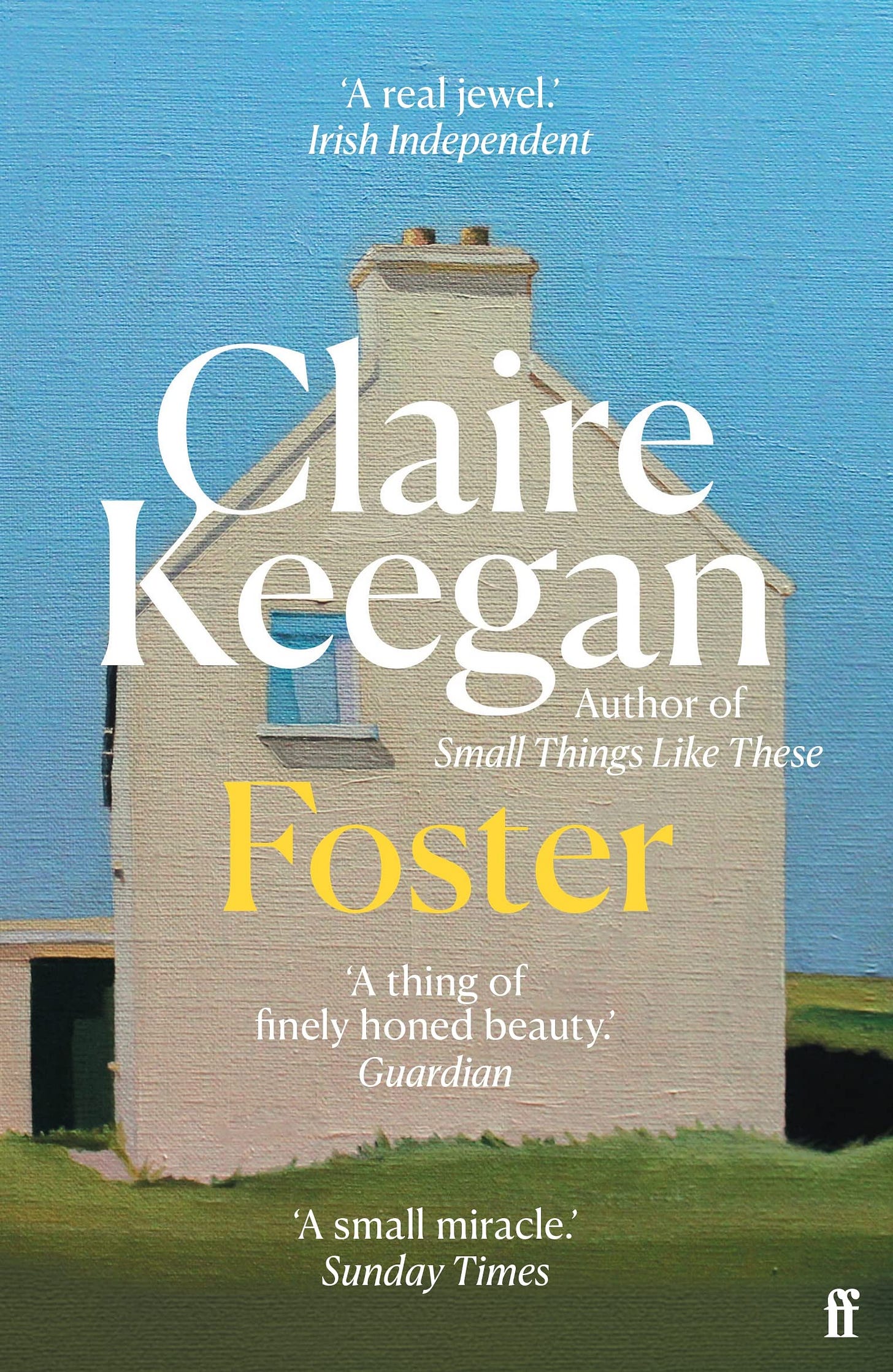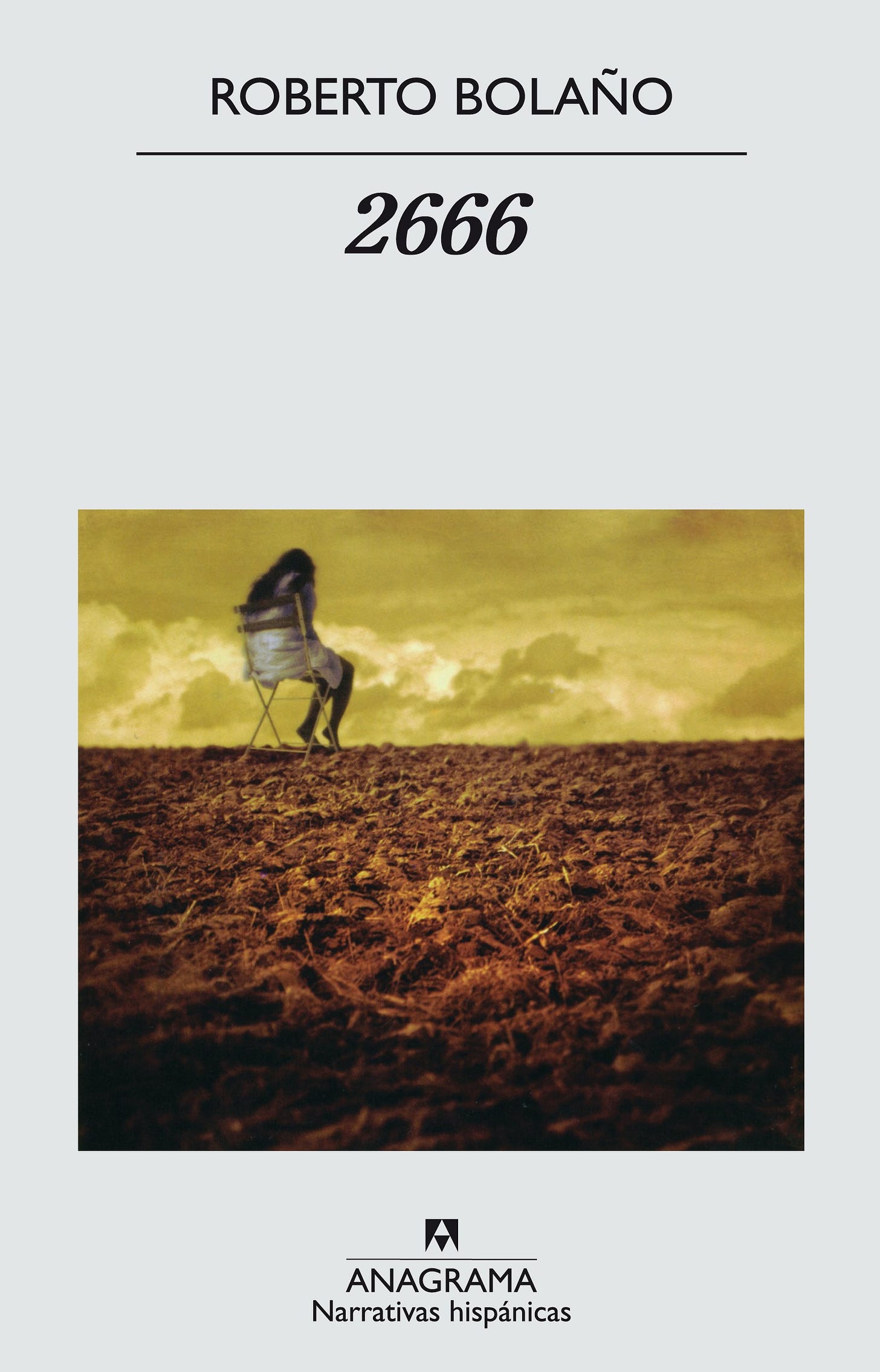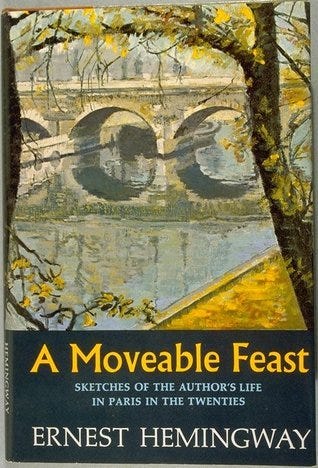My Recent Reading Diet
A few book reviews, how they relate to my writing and why all writers should read widely.
“You are the average of the five people you spend the most time around.”
“You are what you eat.”
“Books are made out of books.”
Quoting aphorisms might be the surest way to draw out an eyeroll (although Dad jokes and humblebragging might edge out first place on this one).
But man, they’re a great substitute for coming up with a real intro aren’t they?
And the eyerolls don’t make these aphorisms any less true: Books are made out of books.
If the last thing you read was Artemis Fowl at age ten, you’re probably not drawing from a whole lot of nutrients when it comes time to write your own Magnum Opus, are you?
That’s why reading widely is crucial for any writer worth their name
That’s why, on this occasion I’m giving in to the temptation to preach my aphorisms. And if the eye rolls are already coming, I may as well ride the wave and include a short list of the novels I’ve read in the last few months with a bit of commentary on why I picked them up while I’m at it.
Note: I’ll try to avoid plot spoilers as best I can. But don’t take that as gospel.
Foster — by Claire Keegan
My motivation for reading this one was less intentional than most. At Christmas time I buy books for people, this is one of the books I got for my fiancé. She finished it, it’s a short read, It’s written by a Booker prize winner, so I read it as well.
My Star Rating: 4.8
Foster tells the story of a child being sent to stay with a family who are more well off than her own, for the summer.
As with all Keegan’s writing, the characters and setting in Foster couldn’t feel more authentic. I’ve never spent more than a few days in Ireland, but the dialogue locks you in and makes you feel like you’ve grown up with each of these people and have witnessed a version of their complicated problems from the outside if not faced them yourself.
2666 - by Roberto Bolano
Bolano is one of those names I’ve heard dropped in glowing terms for years now, but also with reservations. Some of his writing is described as “hard” — which usually means good, so I knew I’d most likely love his work. But all the same, he’s an author it took me a while to get to on account of the resistance I was preparing to encounter.
Star Rating: 4.5
2666 uses a polyphonic structure to talk around the central event of female murders plaguing the Mexican town of Santa Teresa.
It wasn’t until after I’d purchased 2666 on my kindle that I realised I was looking down the barrel of a near 1000 page task. This novel taught me that tomes should only be read in paperback form.
As expected, 2666 l requires the reader to get through long stretches of “work,” to achieve its effect. There’s a two hundred page section in the middle which outlines every murder that took place in this town across a series of decades. While the sentence level writing is always engaging, Bolano introduces 110 unrelated characters to drive his point home. Because you have no investment in these characters as a reader, the great detail he goes into sends you into a glaze eyed trance after a while— which I think is the effect he’s going for. Once you’re a few degrees removed from an atrocity, humans become numbers and you care a little bit less about them no matter how empathetic you are.
I’m a bit on the fence about structuring a novel in this way. It certainly makes for a rewarding experience once you’ve made it through it and are able to notice the effect its had on you as a reader. But, this is the Catch 22 of writers of the Pynchon, David Foster Wallace lineage: if you don’t have a reputation that precedes you and your book doesn’t come with a built in reputation. Many readers will probably give up before they make it that far.
In saying that, the rest of this novel goes down like crack. It’s some of the best prose I’ve read in recent times.
Goodbye Sarajevo - by Atka Reid and Hana Schofield
This was another chance pick up for me. After my kindle died of sunstroke, I inherited my Mum’s one (she’s one of those people who quickly found out that paper and ink are the only way to go).
This story was pre-loaded onto the kindle, came with a glowing recommendation and I was due to visit Bosnia & Herzegovina where it’s set. So this one came to me.
Star rating: 4.0
Goodbye Sarajevo is the true story of the author’s experience during the Siege of Sarajevo in the mid nineties and their eventual escape to New Zealand (funnily enough) after the author got engaged to a Kiwi war photographer.
I got very deep into the backstory of this war in the lead up to, and during, my trip and the current political tensions that are still surrounding the region.
While reading this book on a bus out of Sarajevo, I encountered a surreal overlap where the plot was detailing the kids being evacuated from of the city as I traced the same route thirty years earlier. Reading descriptions of the architecture as I exited— bullet holes and all. Getting to the bit where the Serbs were shooting at the bus. it was a little bit intense to put it lightly.
I’ve got a rough draft in my open docs about this trip that goes pretty deep into the history/current tensions and other things I saw while there. But it’s naturally a sensitive topic, so I’m currently panel beating all my bad takes out of it and looking for the right angle to make that palatable. You may or may not see that here at some point.
Why only a 4 rating? A good portion of the story takes place outside of Sarajevo i.e. the war zone— which obviously is accurate to the experience of the author and her sister, but left me wanting a bit given the title and subject matter.
A Moveable Feast - Ernest Hemingway.
In the absence of Wi-fi or data, I’ve relied on whatever was already downloaded on my phone to keep me sane during much of my transit in the last few months. This was my second listen of Hemingway’s semi-biography.
Star Rating: 4.5
A Moveable Feast is Hemingway’s personal account from his time as a largely unknown writer in the early twenties living in Paris and Spain.
As a fuel source to launch a writing dream into exit velocity, this one is hard to beat. Hemingway paints about as Romantic an image of the starving artist as possible, fretting over the minutiae of language but making it look mythic. He describes the early stages of a drinking habit that makes you want to dive head first into alcoholism even with the knowledge that this became a key factor in the great novelist’s own suicide.
The other feature of this book that I didn’t pick up the first time I read it is just how much of a snarky bitch he was. He’s constantly tearing other literary giants from his time and inadvertently implying how much better he is than them. He makes F. Scott Fitzgerald sound like a college kid who can’t make it through hazing week, and he sums up Gertrud Stein (an early mentor of his) as largely a disappointment.
The Acid House - Irvine Walsh.
One thing I like to do when I visit a new country is to watch the big movie and read the big novel that people associate with that place. For me, Scotland brings two things to mind, Braveheart and Trainspotting.
While the scenic, highland route to the Isle of Skye I had ahead of me hardly invoked the addiction rattled landscape of the latter, this trip presented me with a strong reason to acquaint myself with the Trainspotting’s author, Irvine Walsh.
A few of the beta readers for my upcoming short story collection, Hallucinations, referenced Walsh as a strong match for my writing style. So I decided to pick out one of his earlier collections, The Acid House.
Star Rating: 4.0
First off, it takes a while to lock in to the heavy Scottish dialect used in a lot of Walsh’s work. This echoes the half-criticism I had of 2666, be careful of how much you’re making the reader work. If the style overshadows the story, you’d better be doing it for good reason. But outside of that small detail, I thoroughly enjoyed this collection of stories and the experimental approach found throughout.
The very first story hit me with a strange sense of serendipity as it was set in Dalston, the suburb of London I lived in for the last three years.
Walsh does a great job of getting you invested in his unruly characters' points of view, often making you feel like an accomplice when they eventually take their actions past your personal moral thresh hold.
One of the stories in this collection attempted an ambitious structural style where Walsh used two columns to tell the intertwined story of two neighbours across the hall from each other. You read this story vertically downward from one column to the next. I got slightly excited when I initially saw this, thinking that he might have layered the language in such a way that allowed a second reading from left to right which would offer a third point of view. He didn’t take it that far which is probably for the best as it likely would have compromised the quality of the already ambitious structure and could only have hoped for a light eyebrow raise from those who noticed what he’d pulled off.
Why only 4.0? Some of the stories felt like more colour than substance. For me the power of stories that use psychedelic imagery and shifts into the surreal, lies in their ability to hit your existential buttons from angles you don’t typically expect them to come from.
—
Okay, I there are a few more books on my recent reading list that I planned to cover today, but this has unravelled into a longer than expected email, so I’m going to cap it here and come back to this with a part two.








